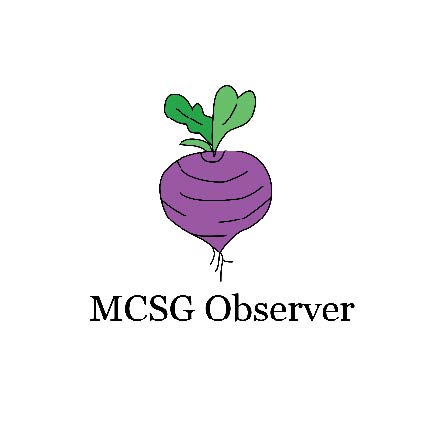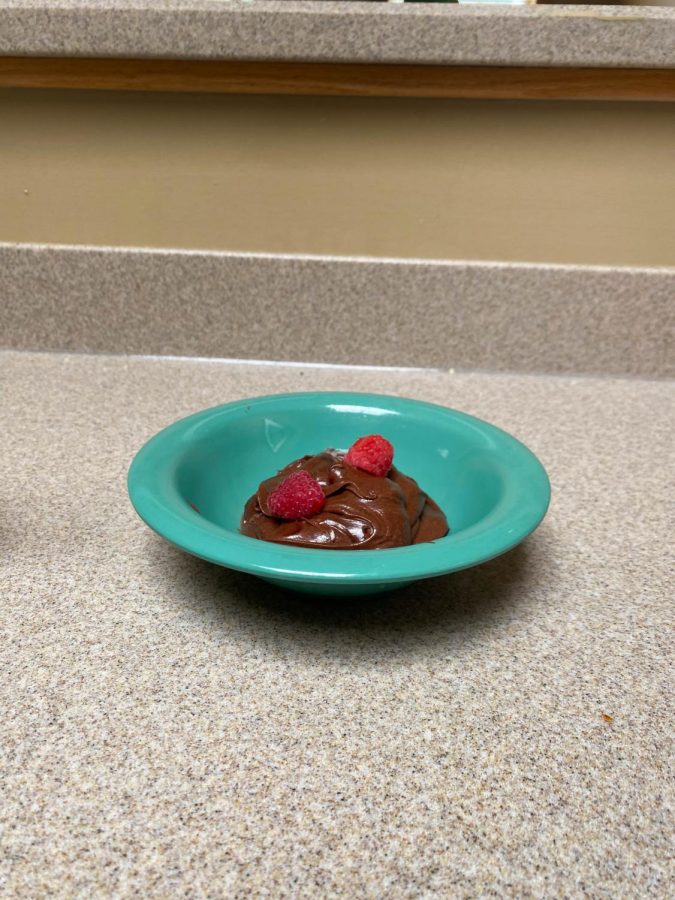Instant Ramen was invented in post-WW II Japan by a man named Momofuku Ando. The idea came to him in 1945 while on a walk through the wreckage of his hometown of Osaka, Japan. He passed by a group of people huddled around a provisional ramen shack waiting for their hot bowls of noodle soup, and realized he could save Japan with a non-perishable, cheaper take on Japan’s ultimate comfort food.
Jamie Goodin ’17 visited the Cup Noodles Museum in Yokohama, where Ando is a huge legacy. “There’s a display where his cardboard cutout is placed among other greats such as Winston Churchill, Babe Ruth and Helen Keller,” Goodin said. “The museum is four stories, and has a place where you can make your own flavor for like three bucks.” Goodin keenly remembers making a chicken, egg yolk, kimchi and scallion ramen.
Instant ramen has made its way across the world since its inception in 1958, when Ando perfected his recipe and released his first product, “Chikin Ramen.” Ando later invented Cup Noodles, the revolutionary ramen that can be packaged, prepared and eaten all in one little styrofoam cup. It has become a staple for students and the working class (especially in Japan, Korea and China) because of its accessibility and prodigious variety. Just mosey on into Kim’s Oriental Market on University Ave. and see many brands and flavors there are.
Kim’s is one of the Asian groceries Bo Kim ’17 suggested within the Macalester-Groveland neighborhood. She also suggests Shuang Hur, another Chinese geared supermarket, and United Noodles, a Japanese-centric grocery with a little noodle bar in Minneapolis. Kim started buying and eating ramen when she moved to Korea in middle school and has been an avid eater ever since. She has tried plenty of varieties and orders a box of 12 Nongshim’s Shin Ramyun (a spicy Korean-style instant noodle) from Amazon every two months.
Kim talked a lot about the differences between American and Asian brands. American instant ramen is often much less spicy, and more salty than anything else. Maruchan is an American take on the instant noodle and, although it’s not her favorite, she used to eat a fair amount of it in first year because of its affordability. To spice it up, Kim would throw in some chili pepper, cayenne, ginger and sugar to cut the saltiness. She also likes Neoguri, a spicy seafood ramen with thicker noodles which is a little more filling. Another Korean ramen Kim mentioned was the Nognshim Black Ramyun which is marketed to be eaten at night. Instant noodles are often high in salt, which can cause swelling in the cheeks after eating. This brand claims that you can eat it late into the night, and you won’t wake up with puffy cheeks! But Kim told me that “people say it’s just a marketing strategy, that it’s no different than regular ramen.”
Zosha Winegar-Schultz ’16, another instant noodle consumer, has been eating ramen every since she started buying her own food. “My mom was super hardcore about health when I was growing up and never let me have ramen, so when I started actually buying snacks for myself I dove into ramen with unbridled enthusiasm”, Winegar-Schultz said.
Winger-Schultz has eaten her way through Top Ramen and Maruchan, moved on to other brands and also makes her own broth.
“Sometimes I use bouillon, sometimes I use vegetable broth and sometimes I use half the flavor packet and then add chopped vegetables and simmer before adding noodles.”
Ramen may have the reputation of boring college grub, but Mac students are proving that stereotype false.















Amy Murray • Sep 6, 2019 at 6:15 am
Hello, I just wanted to tell you, you’re wrong. Your point doesn’t make any sense.